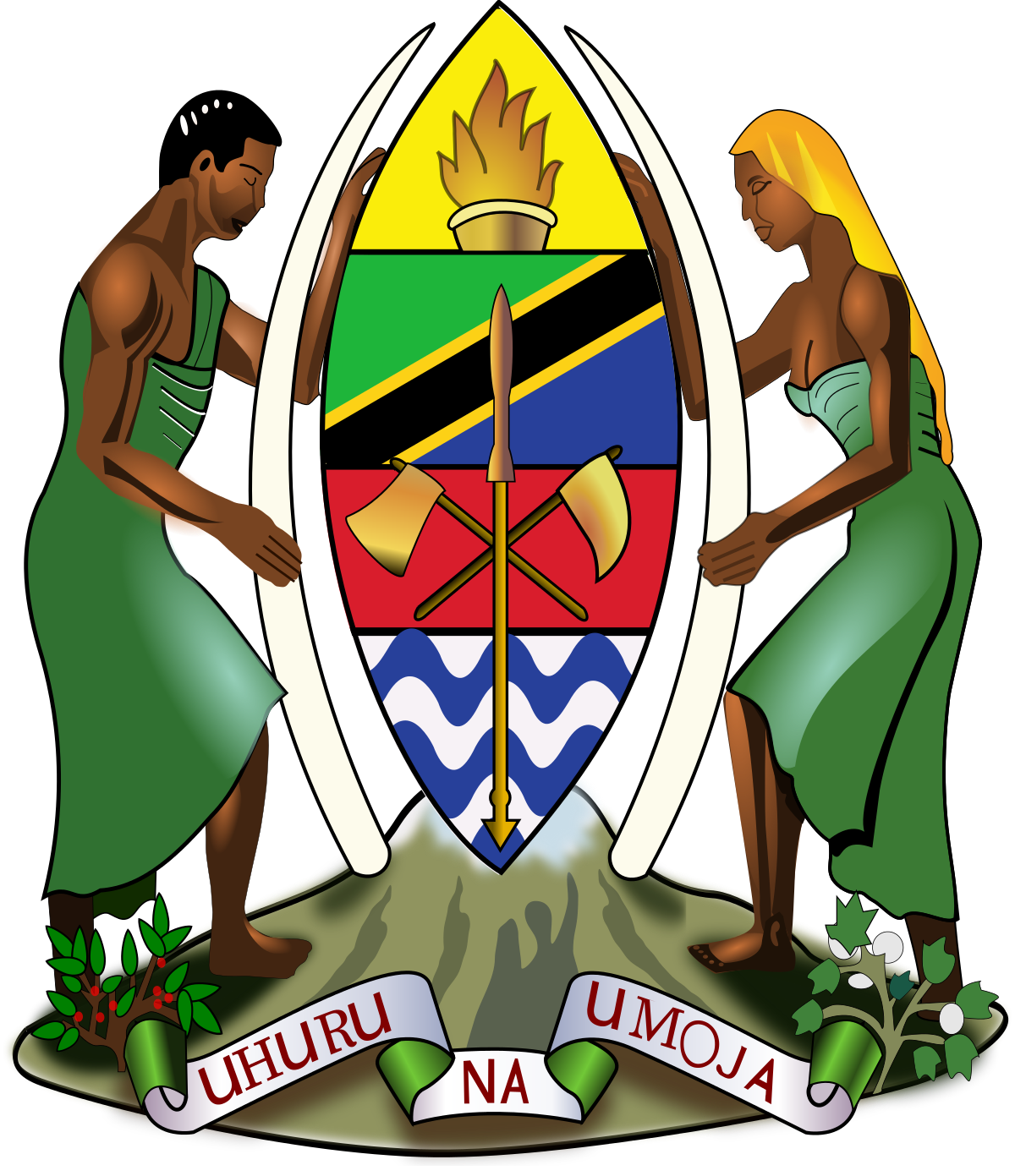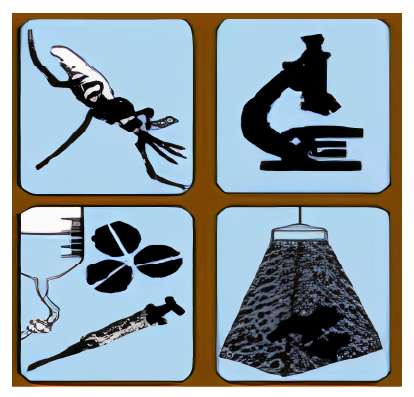About Us

Vision
Tanzania becomes a society free from malaria
Mission
Ensure all people in Tanzania have equitable access to sustainable, quality, effective, safe and affordable malaria preventive and curative services through efficient collaborative partnership and community ownership.
Goal according to the current Malaria Strategic Plan 2021 - 2025
The national goal is to reduce the average malaria prevalence in children aged less than 5 years (pfpr6-59months) from 7.5% in 2017 to less than 3.5% in 2025. The stratified targets are: a) reduce malaria burden in moderate to high risk strata, from 15% pfpr in 2017to less than 7.5% pfpr in 2025; and b) maintain and further reduce transmission in low and very low risk strata (areas targeting elimination) from of 1% pfpr in 2017 to less than 0.5% pfpr in 2025.
Core Strategies
- Integrated Malaria Vector Control
- Malaria Diagnosis, Treatment & Preventive therapies
- Surveillance, Monitoring and Evaluation
Supportive Strategies
- Commodities and Logistics Management
- Social Behavior Change & Advocacy
- Leadership, Partnership & Resource Mobilization
Malaria Services within the National Health System
All operational health facilities provide malaria curative and preventive services. In all out-patient departments, irrespectively from ownership and level of care, suspect malaria cases are tested for parasites and, if positive, treated with recommended antimalarial medicines. Malaria testing services, by using rapid diagnostic tests, are available in virtually all health facilities in the country. Additional diagnostics procedures, including microscopy, are provided in health facilities with formal laboratory services. At the primary level of the health system, all dispensaries are capable to provide pre-referral management of severe diseases with parenteral antimalarials. The referred severe malaria cases are admitted in the in-patient departments of health centers and hospitals that are equipped to provide intra-venous treatments and further management of complications. Malaria preventive services, such as administration of intermittent preventive therapies and issuing long lasting insecticide treated nets (LLIN), are delivered in the reproductive and child health clinics.
Malaria Vector Control Services, like Indoor Residual Spray (IRS), mass or targeted LLIN distribution and larval source management including application of bio-larviciding, are provided at community level with different service delivery mechanisms.
Leadership, Partnership and Resource Mobilization (LPR)
Strategic Objective
To strengthen efficient and effective coordination for implementation of malaria strategies through accountable partnership.
Strategic Approach
- To provide effective leadership and governance for the implementation of malaria control and elimination interventions at all levels
- Raise the profile of malaria amongst policy and decision makers at all levels so that national, regional and district plans include appropriate interventions and sufficient budget to implement the malaria strategic plan
- Promote harmonized multi-sectoral approach and cross-border initiative for malaria control
Situation
The National Malaria Control Program (NMCP), is the focal point for planning, coordination, resource mobilization, and staff development for malaria control and elimination. According to HSSP IV mid-term evaluation, malaria has been one of the leading morbidity and mortality conditions especially for under five and pregnant women.
Policy guidance
Currently, NMCP, in collaboration with PO-RALG, formulates the strategies and coordinates the implementation of the recommended malaria control and elimination interventions in the country.
Strategic direction
NMCP in collaboration with PO-RALG, Development and Implementing Partners, will continue to facilitate effective and efficient implementation of malaria intervention through mobilization of resources, including domestic ones, to sustain the realized achievements and successes gained via engagement with community.
Deliverables
Coordinated implementation arrangements between NMCP, PO-RALG and partners to increase effectiveness and efficiency of malaria control interventions.

